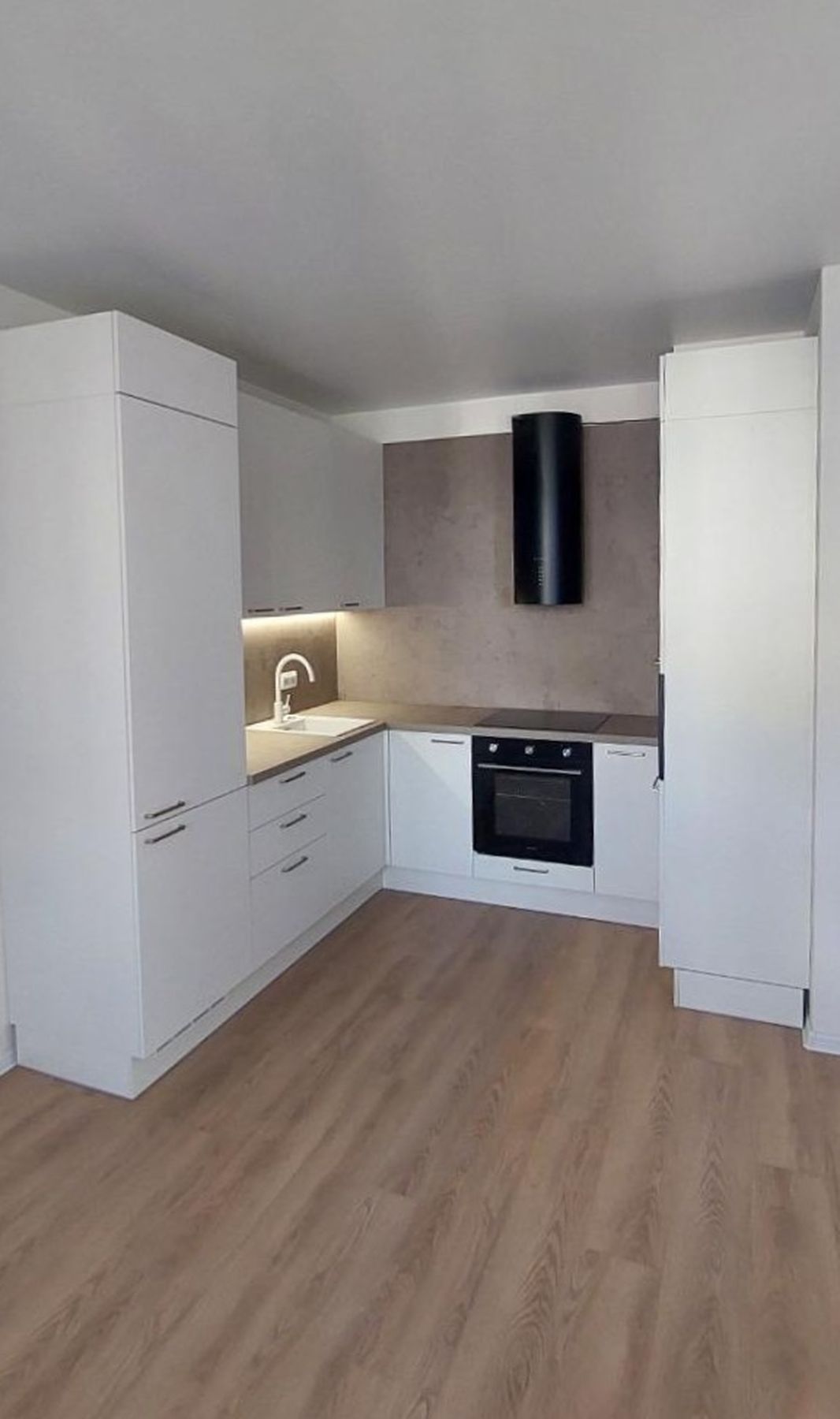
Introduction to Masterful Kitchen Design
Creating a masterful kitchen is not merely about choosing the right appliances and colors; it's about intertwining functionality with personalized style to make a space that's both practical and enjoyable. Whether you’re building a new kitchen from scratch or revamping an existing one, the following essential design elements will guide you in crafting a space where culinary magic happens and memories are made.
The Kitchen Triangle: Layout Efficiency
The concept of the kitchen triangle focuses on the placement of the three most critical work areas: the refrigerator, the stove, and the sink. Ideally, these areas should be positioned in a triangular layout for optimal efficiency, allowing the cook to move smoothly from one task to another. Proper spacing between these elements can reduce foot traffic and create a more organized and effective cooking environment.
Ample Storage Solutions
Ample storage is a hallmark of a well-designed kitchen. Innovative storage solutions, such as pull-out drawers, spice racks, and pantry organizers, can greatly enhance the functionality of your space. Consider the use of corner cabinets, open shelving, and overhead cabinets to maximize storage without compromising the kitchen's aesthetic appeal. The key is to create a place for everything, reducing clutter and keeping your countertops clear for food preparation.
Durable and Attractive Countertops
Countertops are not only a focal point in kitchen design but are also essential work surfaces. Choosing the right countertop material should balance durability with the style you want to achieve. Materials like granite, quartz, and marble offer resilience and elegance, while butcher block or stainless steel can give your kitchen a unique character. Always consider lifestyle, maintenance preferences, and budget when selecting countertop materials.
Smart Lighting Design
Illumination plays a significant role in creating the right ambience and functionality for your kitchen. Combine general lighting with task lighting and accent lighting. Overhead lighting provides general illumination, pendant lights can focus on the kitchen island or countertops, and under-cabinet lights help illuminate workspaces. Dimmers also allow you to adjust the mood and atmosphere as needed.
Quality Appliances
Choose appliances that meet your culinary needs and suit the space. From energy-efficient models to smart kitchen devices, the right choices can save time, enhance cooking quality, and integrate seamlessly into the overall design. Before investing, consider your cooking habits and the size of your space to ensure that the appliances will complement the kitchen workflow.
Personalized Style and Design Choices
The aesthetics of your kitchen should echo your personal style. Whether it's a sleek and modern look, a cozy country feel, or something in between, the choice of cabinetry, backsplash, flooring, and colors should reflect the vibe and warmth you wish to encapsulate. Don't be afraid to add personal touches with decorative items, unique hardware, and standout fixtures to make the space truly yours.
Ergonomics: Comfort and Accessibility
Design with ergonomics in mind to ensure that the kitchen is comfortable for users, with controls, handles, and work surfaces accessible for the whole family. Variable height countertops can be considered for different tasks or family members, and pull-out shelves can make deep cabinets more accessible. Proper ergonomics can help prevent strain and create a more enjoyable cooking experience.
Final Thoughts on Kitchen Design Essentials
A masterful kitchen design requires the harmonization of layout, storage, materials, lighting, appliances, style, and ergonomics to create a space that is as beautiful as it is functional. Each element should be carefully considered in connection to the others to produce a kitchen that is tailored to your lifestyle and needs. With these kitchen design essentials in mind, you'll be well on your way to creating a space that's truly the heart of your home.